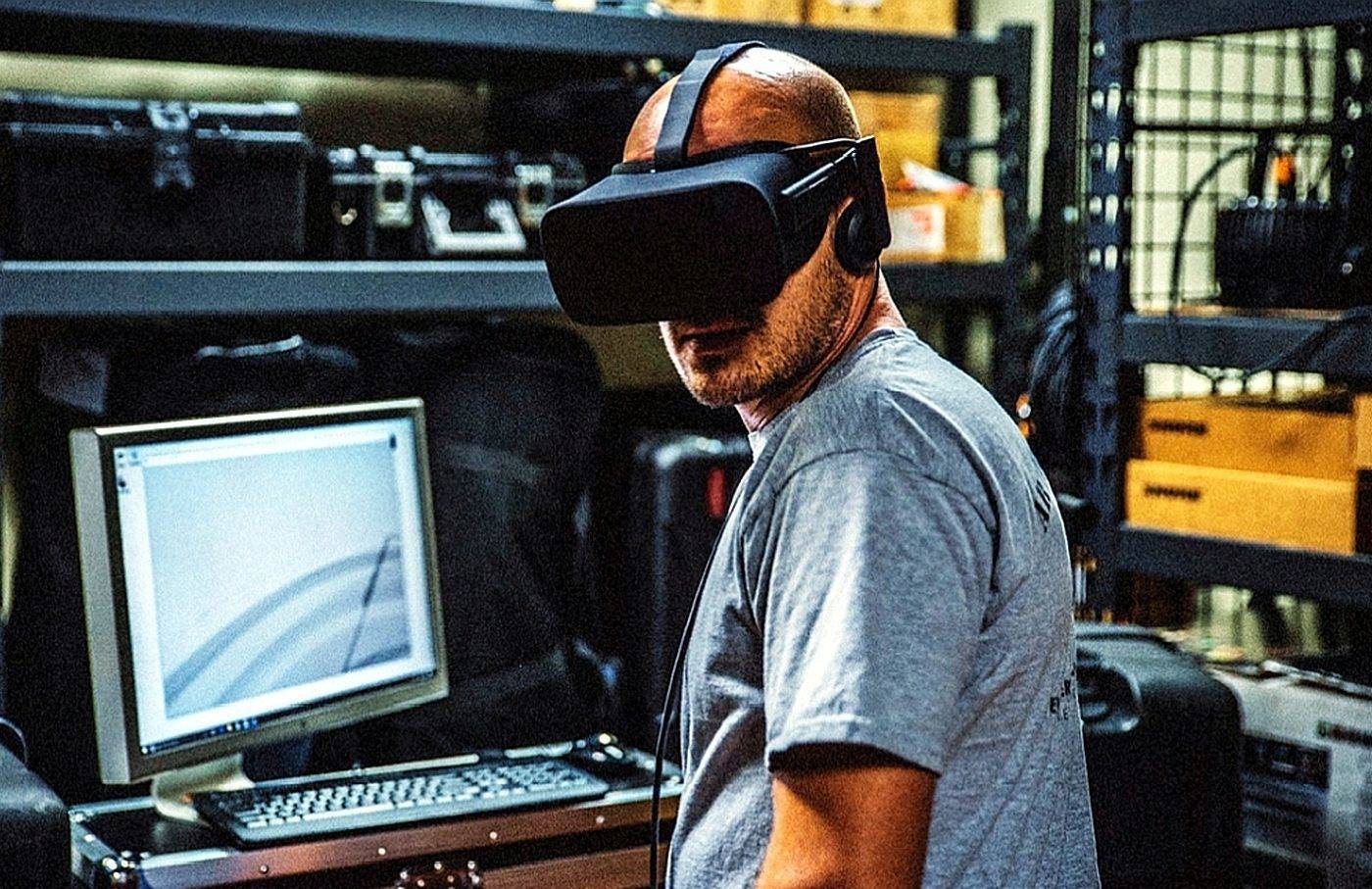Health, safety and environment (HSE) are crucial aspects in any work environment. Implementing HSE health and safety measures is not only required by law, but also essential to ensure the safety and well-being of employees. In this blog post we will explain the best practices for carrying out HSE workplace safety and show how companies can create a safe working environment through effective measures.
1. Introduction to HSE occupational health and safety
The term "HSE occupational health and safety“ refers to the measures and procedures aimed at preventing occupational accidents and occupational diseases. This includes identifying hazards, assessing risks and implementing protective measures. A well-designed HSE management system is key to creating a safe and healthy working environment.
2. Legal and normative framework
Compliance with laws and standards is a fundamental part of theHSE occupational health and safety. Companies must ensure that they meet all relevant legal requirements and industry standards. These include national laws such as the Occupational Safety and Health Act (ArbSchG) in Germany as well as international standards such as ISO 45001, which specifies requirements for management systems for safety and health at work.
3. Risk assessment and management
A systematic risk assessment is essential to identify and evaluate potential hazards in the work environment. Best practices include:
- Hazard identification:Regular inspections and inspections to identify sources of danger.
- Risk assessment:Assessment of the identified hazards in terms of their likelihood and severity.
- Risk reduction:Implementation of measures to eliminate or minimize risks.
4. Promote a safety culture
A strong safety culture is crucial to ensuring HSE workplace safety. Managers and employees must be aware of their responsibility for safety and actively participate in safety initiatives. Best practices include:
- Security awareness:Regular training and awareness campaigns to raise awareness of security issues.
- Employee participation:Encourage active participation of employees in safety measures and decisions.
- Role model function:Managers should act as role models and actively promote safety.
5. Effective training and education
Thorough training and education for employees is essential to ensure they understand and can implement HSE health and safety measures. Best practices include:
- Introductory programs:New employees should go through comprehensive induction programs that cover all relevant safety aspects.
- Regular training:Continuous training and refresher courses to keep employees' knowledge and skills up to date.
- Specific training:Special training for specific tasks or hazards, e.g. B. handling hazardous substances.
6. Emergency preparedness and response
Effective emergency preparedness and response are crucial to being able to act quickly and efficiently in the event of an accident. Best practices include:
- Emergency plans:Develop comprehensive emergency plans that cover all possible scenarios.
- Regular exercises:Conducting regular emergency drills to test and improve employee responsiveness.
- Postprocessing:Analyze emergencies and exercises to identify weaknesses and take action to improve.
7. Ergonomics in the workplace
An ergonomically designed work environment helps reduce the risk of work-related illnesses and improve employee well-being. Best practices include:
- Ergonomic Reviews:Regular assessments of workplaces to identify ergonomic risks.
- Adaptation of workplaces:Adaptation of the workplace to the needs of the employees, e.g. B. through height-adjustable tables and ergonomic chairs.
- Training:Training employees in ergonomic work practices to prevent injuries.
8. Accident investigation and reporting
Investigating and reporting accidents are critical to determining causes and taking action to prevent future accidents. Best practices include:
- Accident investigations:Conduct thorough investigations of all accidents and near misses.
- Reporting:Promote open and transparent reporting of accidents and hazards.
- Data analysis:Analyzing accident and hazard reports to identify patterns and develop preventive measures.
9. Use of technology
Technology is playing an increasingly important roleHSE occupational health and safety. Modern technologies can help identify, assess and minimize risks. Best practices include:
- Security software:Use of software solutions to manage security data and conduct risk assessments.
- Wearables:Use of portable devices that collect and monitor security-related data.
- IoT and sensors:Implementing IoT devices and sensors to detect and report threats in real time.
10. Environmental protection and sustainability
Protecting the environment is an essential part of HSE occupational health and safety. Companies must ensure that their activities do not have a negative impact on the environment. Best practices include:
- Environmental management:Implementation of an environmental management system that meets the requirements of ISO 14001.
- Sustainable practices:Promoting sustainable working practices, e.g. B. by reducing waste and conserving resources.
- Environmental awareness:Training employees in environmentally friendly work practices.
11. Mental health and well-being
Employee mental health is an increasingly important aspect of HSE health and safety. Companies must take measures to promote the mental well-being of their employees. Best practices include:
- Stress management:Implement programs to manage stress and promote mental well-being.
- Support services:Providing advice and support services to employees.
- Work-Life-Balance:Promoting a good work-life balance through flexible working time models and home office options.
12. Leadership and Management in HSE
The role of managers is crucial to the success of HSE occupational health and safety measures. Managers must actively support the safety and health of their employees. Best practices include:
- Commitment of managers:Managers should be visible and actively committed to safety.
- HSE-Managementsysteme:Implementation of management systems that meet the requirements of ISO 45001.
- Continuous improvement:Regular review and improvement of HSE measures through audits and feedback loops.
13. Case studies and best practices
Analysis of case studies and best practices can provide valuable insights into successful HSE health and safety measures. Best practices include:
- Examples of success:Examining companies that have successfully implemented HSE health and safety measures.
- Learning organization:Promote a culture of continuous learning and improvement.
- Knowledge transfer:Exchange of best practices and experiences between companies and industries.
14. Future of HSE occupational health and safety
The future of HSE health and safety will be shaped by technological innovations and changing working conditions. Best practices include:
- Technologieintegration:Using new technologies such as artificial intelligence and big data to improve security.
- Flexible working:Adaptation of HSE measures to flexible working models such as remote work and co-working.
- Sustainability:Integration of sustainability goals into the HSE strategy.
Conclusion
The implementation of HSE occupational safety measures requires a comprehensive and systematic approach. By implementing the best practices described here, companies can create a safe and healthy work environment that not only meets legal requirements, but also promotes employee well-being and productivity. By developing a strong safety culture and continually working to improve their HSE measures, companies can meet the challenges of the future and ensure long-term success.
Overall it isHSE occupational health and safetyan essential part of responsible corporate governance and helps to protect the health and safety of employees and preserve the environment.









